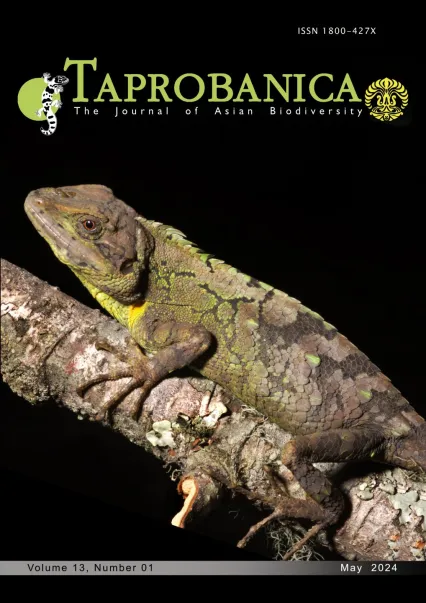

v13i1.328
Volume 13 | Number 1 | May 2024
Short Note
ISSN: 1800-427X (printed)
eISSN: 1800-427X (online)
DOI:10.47605/tapro.v13i1.328
Submitted date: 17 June 2023
Accepted date: 30 April 2024
Published date: 30 May 2024
Pp. 35-38.
On news reports of the Ganges River dolphin (Platanista gangetica), Bangladesh
A.I. Barkat, R. Islam, S. Mallick & M. Rokonuzzaman*
*Corresponding author. E-mail: rokonuzzaman5128@gmail.com
The Ganges River dolphin, also known as the South Asian river dolphin or ‘Susu’, Platanista gangetica (Roxburgh, 1801) is present along the Ganges-Brahmaputra-Meghna and Karnaphuli-Sangu River systems and their tributaries, from the foothills of the Himalaya to the limits of the tidal zone in Nepal, India, and Bangladesh. The Ganges River dolphin is an obligate freshwater species, but its presence in the estuary waters of the Sundarbans mangrove forest of Bangladesh was verified. The fishermen on the Ganges River and its major tributaries in India have long practiced using dolphin oil as an attractant for certain catfish, and harpooning dolphins was outlawed in 1972, so is a rare occurrence now. However, it does not appear that dolphin deaths are decreasing. The river dolphin frequently gets entangled in fishing nets and mostly suffocates to death. The population of the species has been decreasing across its entire habitat, dropping from around 5000 individuals in 1982 to fewer than 2000 in 1997, and likely falling to around 1000 by 2003.
Section Editor: Daniel Gonzalez-Socoloske
eISSN: 1800-427X (online)
DOI:10.47605/tapro.v13i1.328
Submitted date: 17 June 2023
Accepted date: 30 April 2024
Published date: 30 May 2024
Pp. 35-38.
On news reports of the Ganges River dolphin (Platanista gangetica), Bangladesh
A.I. Barkat, R. Islam, S. Mallick & M. Rokonuzzaman*
*Corresponding author. E-mail: rokonuzzaman5128@gmail.com
The Ganges River dolphin, also known as the South Asian river dolphin or ‘Susu’, Platanista gangetica (Roxburgh, 1801) is present along the Ganges-Brahmaputra-Meghna and Karnaphuli-Sangu River systems and their tributaries, from the foothills of the Himalaya to the limits of the tidal zone in Nepal, India, and Bangladesh. The Ganges River dolphin is an obligate freshwater species, but its presence in the estuary waters of the Sundarbans mangrove forest of Bangladesh was verified. The fishermen on the Ganges River and its major tributaries in India have long practiced using dolphin oil as an attractant for certain catfish, and harpooning dolphins was outlawed in 1972, so is a rare occurrence now. However, it does not appear that dolphin deaths are decreasing. The river dolphin frequently gets entangled in fishing nets and mostly suffocates to death. The population of the species has been decreasing across its entire habitat, dropping from around 5000 individuals in 1982 to fewer than 2000 in 1997, and likely falling to around 1000 by 2003.
Section Editor: Daniel Gonzalez-Socoloske
- List of Articles & Contents





